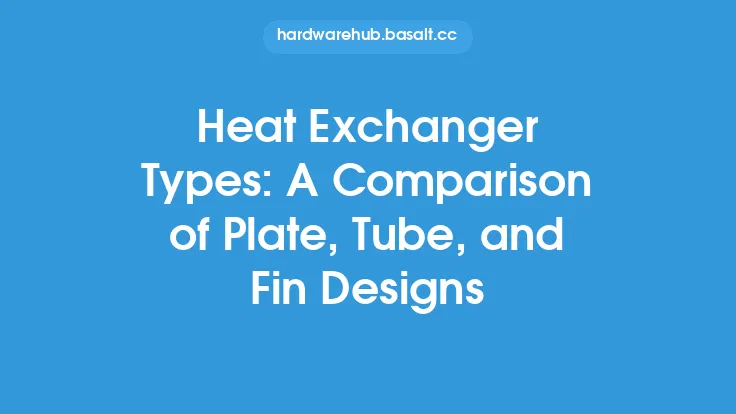Liquid cooling systems have become increasingly popular in recent years, particularly among computer enthusiasts and gamers who require high-performance cooling solutions. These systems offer several advantages over traditional air cooling methods, including improved heat transfer, reduced noise levels, and increased flexibility. When it comes to liquid cooling systems, there are two primary types: closed-loop and open-loop systems. In this article, we will delve into the details of each type, exploring their characteristics, advantages, and disadvantages, as well as the key differences between them.
Closed-Loop Liquid Cooling Systems
Closed-loop liquid cooling systems, also known as sealed or all-in-one (AIO) systems, are self-contained units that consist of a pre-assembled loop with a radiator, fan, pump, and water block. These systems are designed to be compact, easy to install, and maintenance-free. The closed-loop design ensures that the coolant remains within the system, eliminating the risk of leaks and minimizing the need for user intervention. Closed-loop systems are ideal for beginners and those who want a hassle-free liquid cooling experience. They are also a popular choice among gamers and overclockers who require a reliable and high-performance cooling solution.
Open-Loop Liquid Cooling Systems
Open-loop liquid cooling systems, on the other hand, are custom-built solutions that require users to assemble and configure the components themselves. These systems offer greater flexibility and customization options, allowing users to choose their preferred components, such as radiators, pumps, and water blocks. Open-loop systems also enable users to add or remove components as needed, making them ideal for enthusiasts who want to push the limits of their cooling system. However, open-loop systems require more maintenance and upkeep than closed-loop systems, as users must regularly check and top off the coolant levels, clean the system, and monitor for leaks.
Comparison of Closed-Loop and Open-Loop Systems
When comparing closed-loop and open-loop liquid cooling systems, several key differences emerge. Closed-loop systems are generally more expensive than open-loop systems, particularly when it comes to high-end models. However, they offer a hassle-free experience and are often backed by comprehensive warranties. Open-loop systems, on the other hand, can be more cost-effective, but they require more time and effort to assemble and maintain. In terms of performance, both types of systems can deliver excellent results, but open-loop systems tend to offer more flexibility and customization options, allowing users to optimize their cooling solution for specific applications.
Key Components of Liquid Cooling Systems
Both closed-loop and open-loop liquid cooling systems rely on several key components to function effectively. These include the radiator, which dissipates heat from the coolant; the pump, which circulates the coolant through the system; and the water block, which transfers heat from the CPU or GPU to the coolant. The choice of coolant is also critical, as it must be compatible with the system's materials and offer optimal thermal performance. Other components, such as fans, reservoirs, and tubing, also play important roles in the overall performance and reliability of the system.
Considerations for Choosing a Liquid Cooling System
When selecting a liquid cooling system, several factors must be considered. These include the system's compatibility with the user's hardware, the desired level of performance, and the available budget. Users must also consider the space constraints and airflow within their case, as well as the noise level and aesthetics of the system. Additionally, the choice between a closed-loop and open-loop system will depend on the user's level of expertise, desired level of customization, and maintenance preferences. By carefully evaluating these factors, users can choose a liquid cooling system that meets their specific needs and provides optimal performance and reliability.
Conclusion
In conclusion, closed-loop and open-loop liquid cooling systems offer distinct advantages and disadvantages, and the choice between them will depend on the user's specific needs and preferences. Closed-loop systems provide a hassle-free experience and are ideal for beginners, while open-loop systems offer greater flexibility and customization options for enthusiasts. By understanding the key components and considerations involved in liquid cooling systems, users can make informed decisions and choose a system that delivers optimal performance, reliability, and value. Whether you're a gamer, overclocker, or simply a computer enthusiast, a well-designed liquid cooling system can provide a powerful and efficient cooling solution that enhances your overall computing experience.





